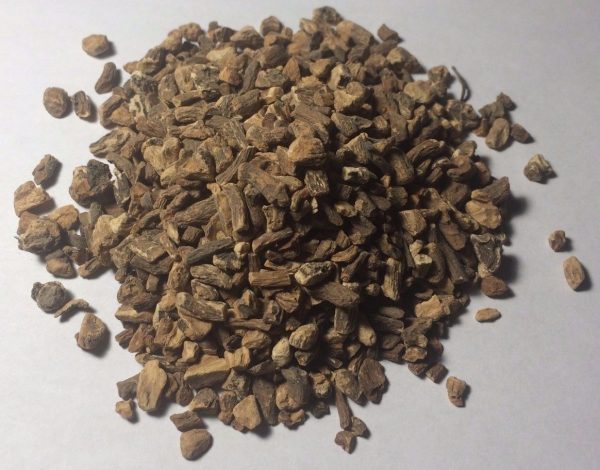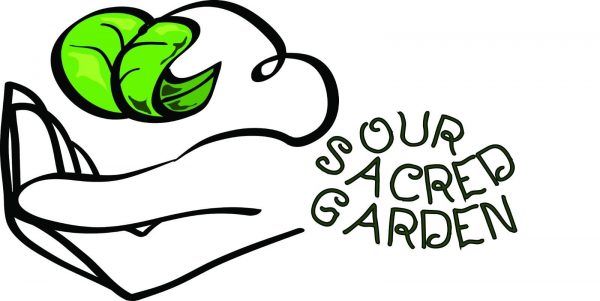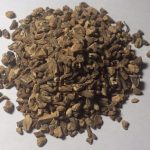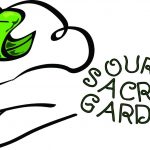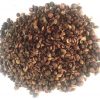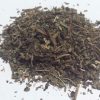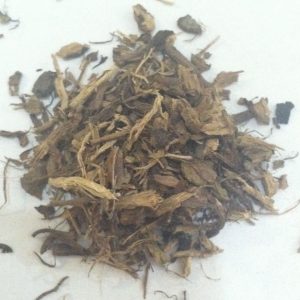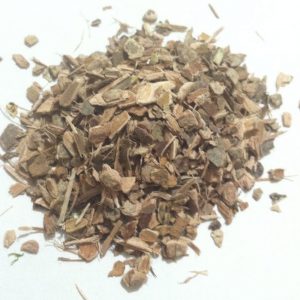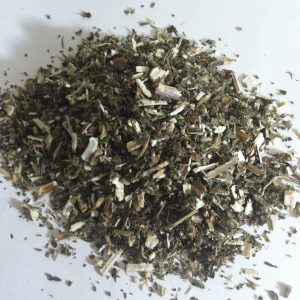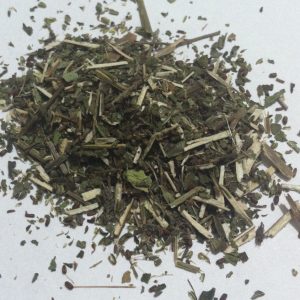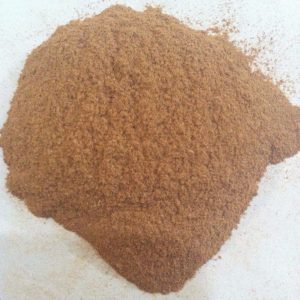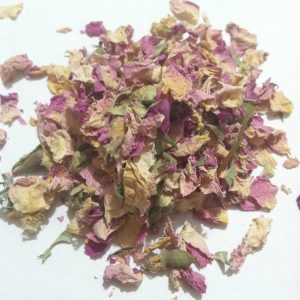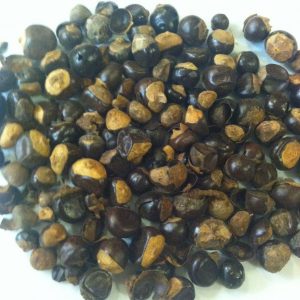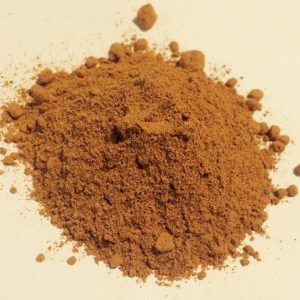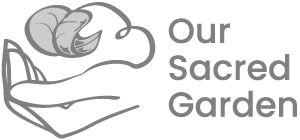Description
COMMON NAMEStandardized: dandelion
Other: lion’s toothBOTANICAL NAMETaraxacum officinale Weber ex F. H. Wigg.1
Plant Family: AsteraceaeSYNONYMSTaraxacum dens-leonis , Taraxacum vulgare 1PARTS USEDLeaf and rootOVERVIEWDandelion is a sunny, subtle, yet incredibly healing plant used for thousands of years in China and mentioned in traditional Arabian medicine in the tenth century C.E. It has been used for centuries, in traditional medicine practices all over the world, as a restorative tonic, edible food, and in herbal wines and beers. The root is a favorite amongst traditional herbalists as it supports the healthy functioning of the liver, kidneys, spleen, and gallbladder9-13 and is considered to be a reliable detoxifying agent. The powdered and roasted root has been enjoyed as a coffee substitute and the roots and leaves are both used in brewing dandelion wines, beer, and in digestive bitter cordials and liqueurs.BOTANYDandelion bears a sun-yellow flower head (which is actually composed of hundreds of tiny flowers)3 typical of the Asteraceae family, that closes in the evening or during cloudy weather and opens back up in the morning, much like its cousin calendula (Calendula officinale). When the flower is closed, to some, it looks like a pig’s nose, hence one of its names, ‘swine’s snout.’2 It is a perennial herb with deeply cut leaves that form a basal rosette4 somewhat similar to another family member, the wild lettuce (Lactuca sp.), and has a thick tap root which is dark brown on the outside and white on the inside.2 It is native to most of Europe, Asia, and northern Africa, naturalized all over the world, and commonly found growing alongside roads and in lawns as a common weed.1The Taraxacum genus is vast, having over 60 species3 many of which have very similar healing properties. Taraxacum mongolicum, which is used extensively in Traditional Chinese Medicine (TCM), is one such example. Hawkbitroot (Leontodon hispidus), in the same family yet a different genus, has been substituted for dandelion in the past.2Taraxacum is derived from the Greek words ‘taraxos’ meaning disorder and ‘akos’ meaning remedy, the name referring to dandelion’s myriad healing properties. Further, the word ‘dandelion’ originated from the Greek genus name ‘leontodon’ or ‘lion’s teeth’ which is thought to be related to the tooth-like shape of the leaves.2CULTIVATION AND HARVESTINGDandelion is produced commercially in Bulgaria, Hungary, Poland, Romania, the former Yugoslavia, and the United Kingdom.4 However, dandelion grows practically everywhere, and is wild collected in a variety of climates, even in the Himalayas up to about 12,000 feet, where it is often gathered for use in Ayurvedic medicine (the traditional healing system of India).5 Dandelion will grow anywhere, but will produce more substantial roots in moist, rich, deep soil.3Pharmacopeial grade dandelion leaf is composed of the dried leaves collected before flowering and the root collected in autumn or whenever its inulin content is the highest.5
For educational purposes only. This information has not been evaluated by the Food and Drug Administration.This information is not intended to diagnose, treat, cure, or prevent any disease.



